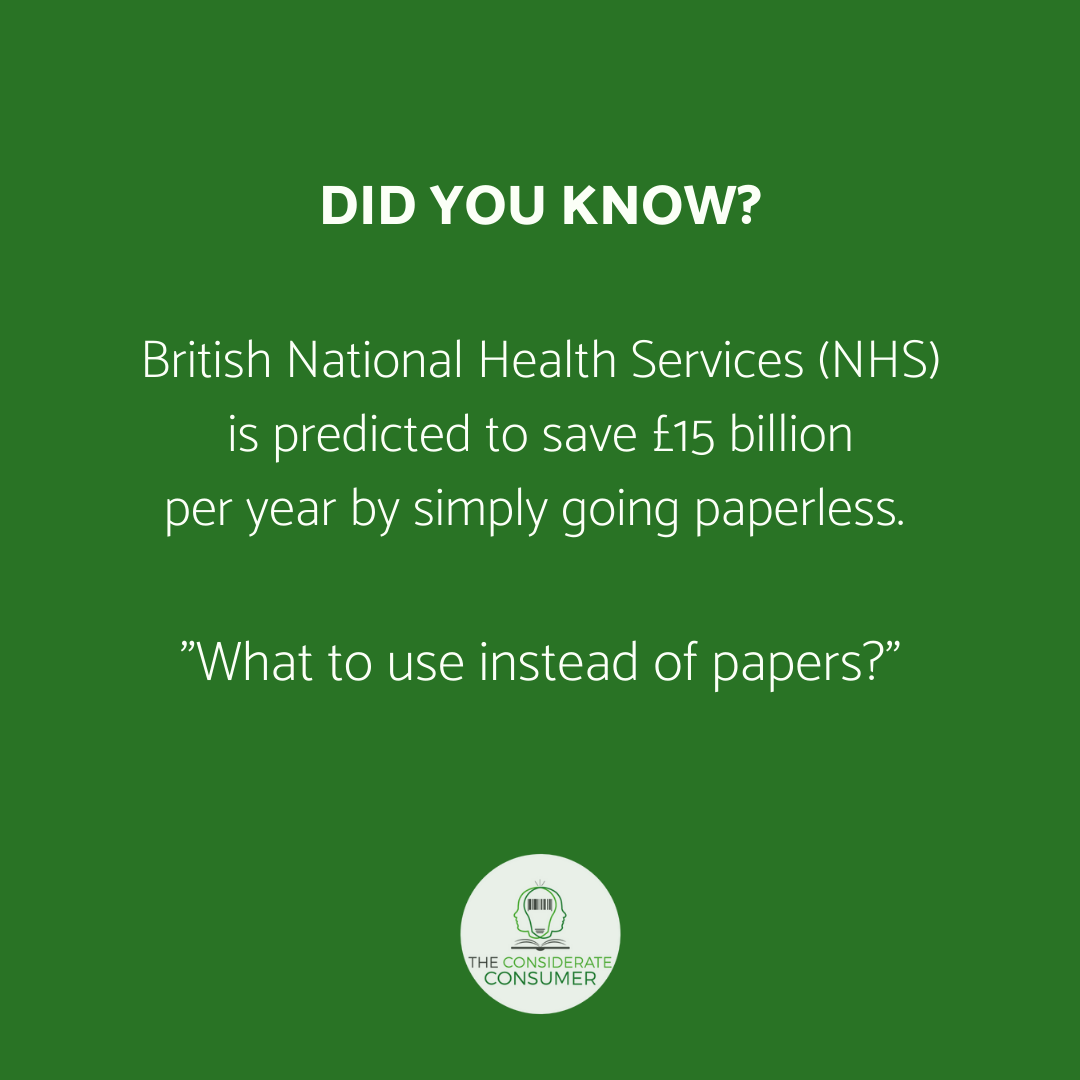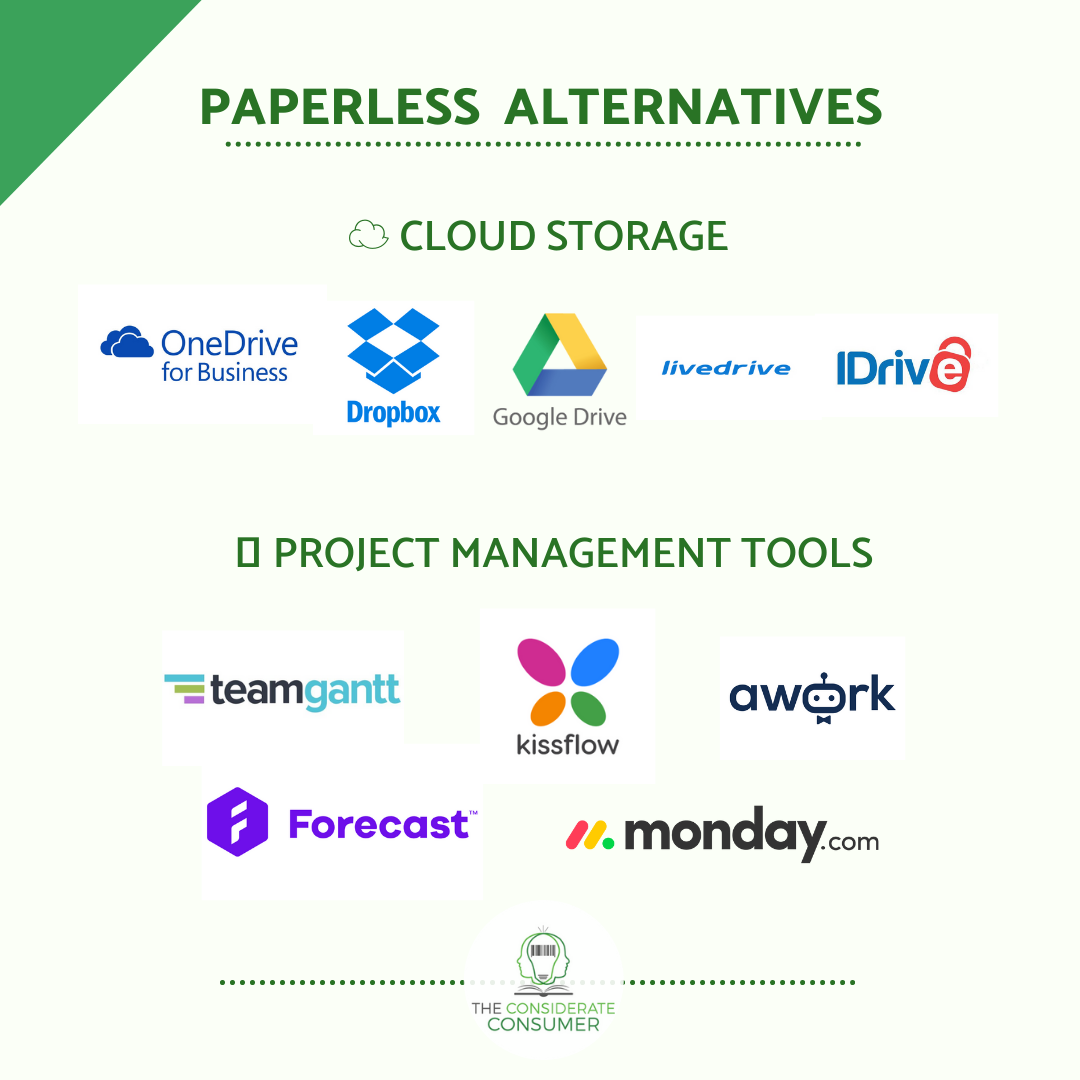September 2021
We spend a large part of our week at the workplace. This means we consume office supplies, food and beverages, energy, water and air five days a week, not to mention the means of transport for commuting.
So, whether we work at the office, from home or in another workspace, we should make that workplace more sustainable. Employees and employers could significantly contribute to pursuing a more sustainable life in the office and the company’s sustainability goals.
Here are suggestions, inspiration and practical tips to help make everyday office life more environmentally friendly.
What is a sustainable office?
A workplace is sustainable when its layout, equipment, design and organisation consider their impact on the environment. Measures are taken to reduce resources and energy consumption and minimise carbon emissions.
COmmuting & Travelling
A sustainable workplace starts with how you get to work. Have you considered working hybrid or fully remote to avoid commuting? Could you hold your conferences virtually? Okay, we got it. You need to be onside. Here is what you can do to commute more eco-friendly:
Less cars, more sustainability
Private cars are the major contributors to carbon dioxide (CO2) emissions from road transport.
Here are some alternatives for a more sustainable way of travelling to your workplace:
Public transport
Some advantages are lower emissions, air quality improvement and noise pollution reduction. Some buses already run on electric-powered. Are they in your place?
Besides, consider the extra time you get for reading, phone calls, sleep or work preparation.
Biking
Here are some of the benefits of taking a bike ride to work:
Bikes run silently, need no fuel or energy to function and produce no toxic pollutants in the atmosphere.
They are much cheaper than cars, and their maintenance requires far fewer financial resources. You also save fuel, parking and washing costs.
They take up less space on the road, thus causing fewer traffic jams in the rush hours.
No time is needed to find a parking place.
Extra plus: You can burn 600 calories in an hour of cycling and lose 15-20 pounds quickly in a year without changing your diet or hitting the gym.
Bike rental
Before you invest in a bike, take some weeks to test if biking to work is for you. Many larger cities offer opportunities to rent bikes via apps such as Donkey Bike or Swapfiets, making it easy to try cycling to the office without committing to a bike.
CARPOOLING
While public transport or biking may not be accessible to everyone in the workplace, you might consider carpooling with one of your co-workers or using car-sharing providers such as GoMore or BlaBlaCar to decrease your carbon footprint on the road.
Pssst, we provide many more tips on Sustainable Transport, Mobility & Travelling →.
THE sustainable building
There are several ways to make your office more eco-friendly. Here are a few suggestions:
Tips for employers:
Insulate your office building properly. Poor insulation is not only bad for the environment but also very costly.
Strive to incorporate as many recycled and sustainable building materials as concrete, wood, glass and metals when building and/or renovating your building. Check the Cradle2Cradle (C2C) Lab website for suppliers and businesses offering sustainable construction materials and supplies.
Opt for a building design and layout that optimises using natural sunlight and air ventilation in the office space.
Use non-toxic, eco-friendly paint for your walls and ceilings.
Use second-hand or sustainable furniture.
Digitalise processes that demand the use of paper and stationery.
Tips for employees:
Incorporate greenery into the office space.
Here you can find more information on Flowers & House Plants →.Keep your workplace tidy and clutter-free to avoid overstocking/ asking for more than you need.
Report to your building/office administrator any leakages, signs of water damage or structural damage in the building.
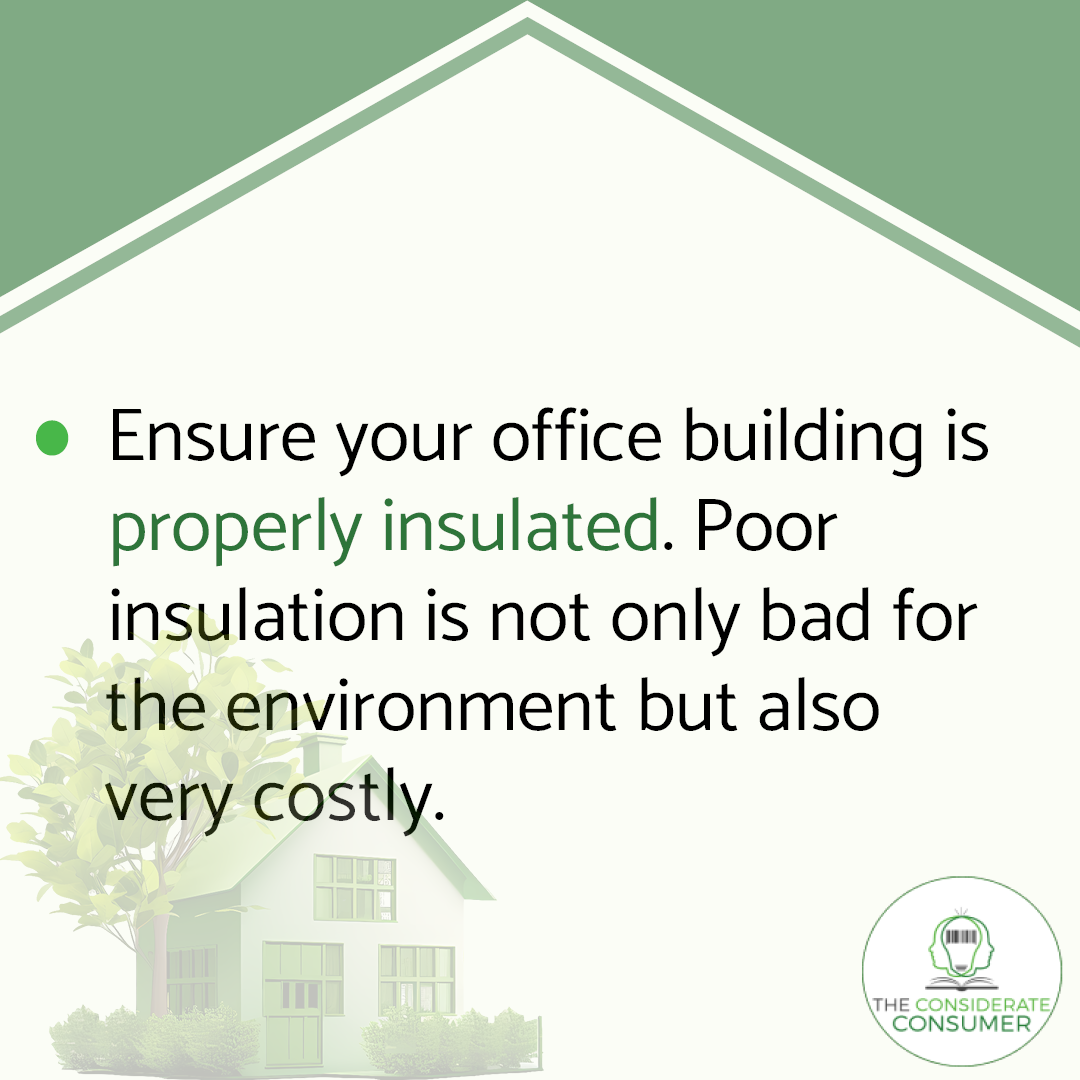

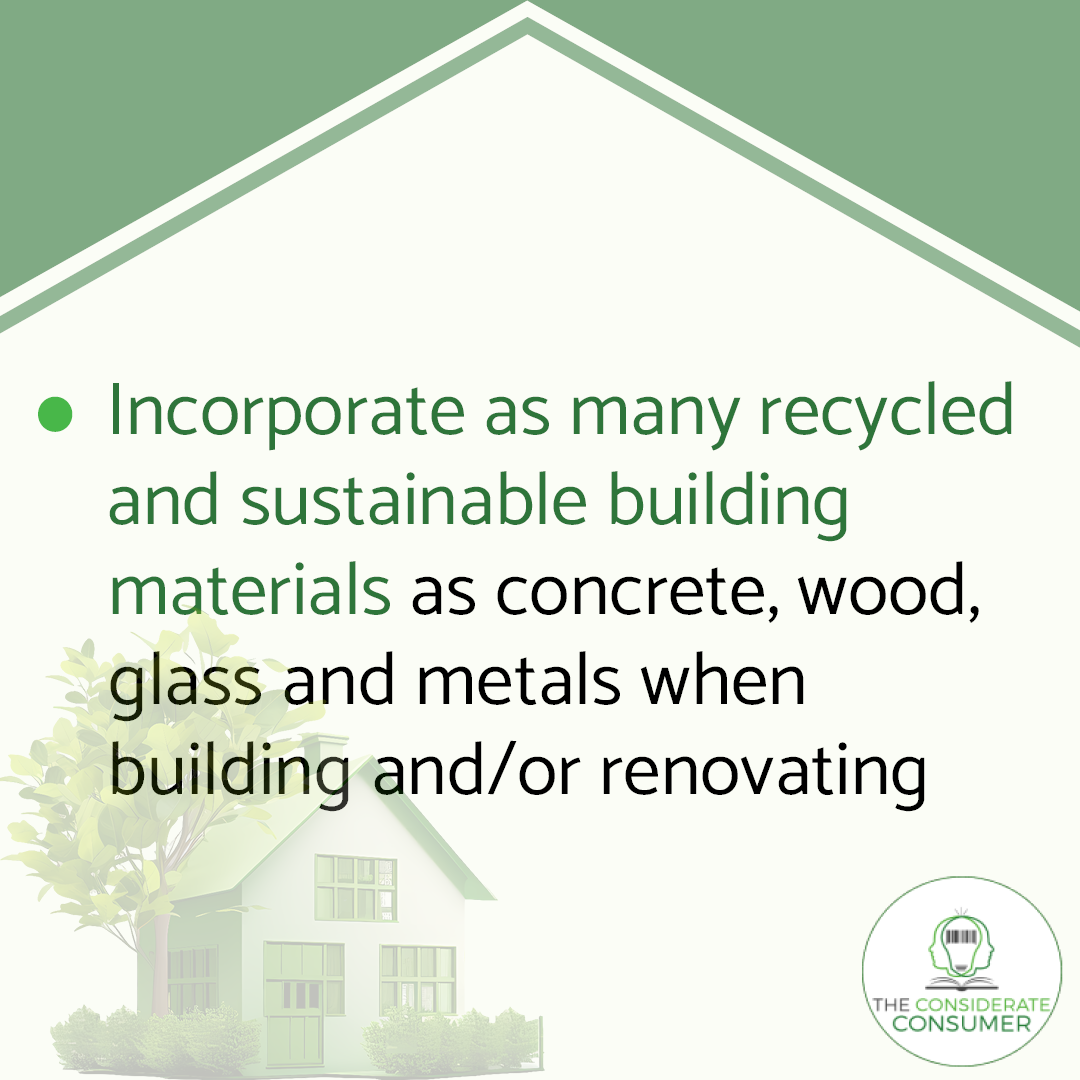
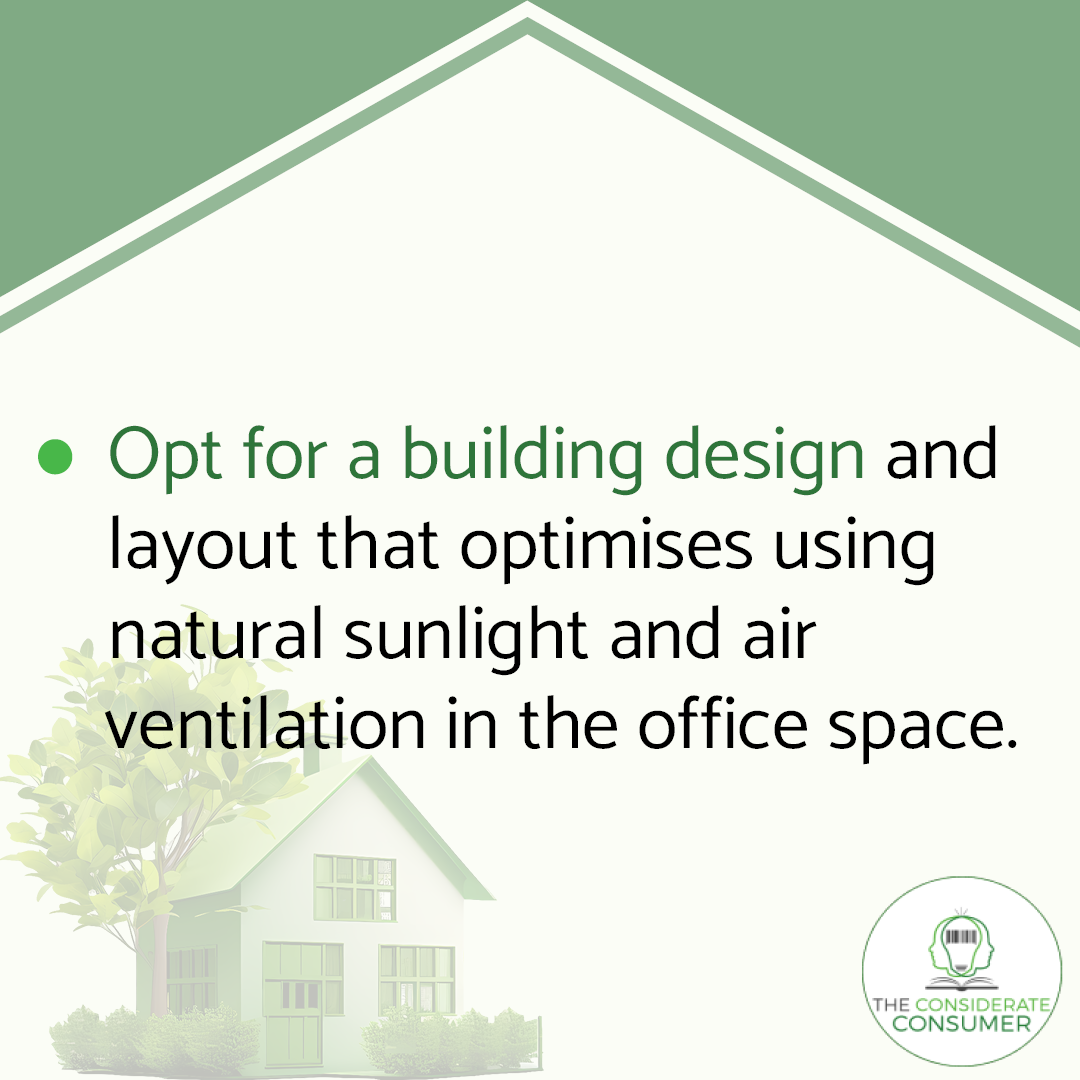

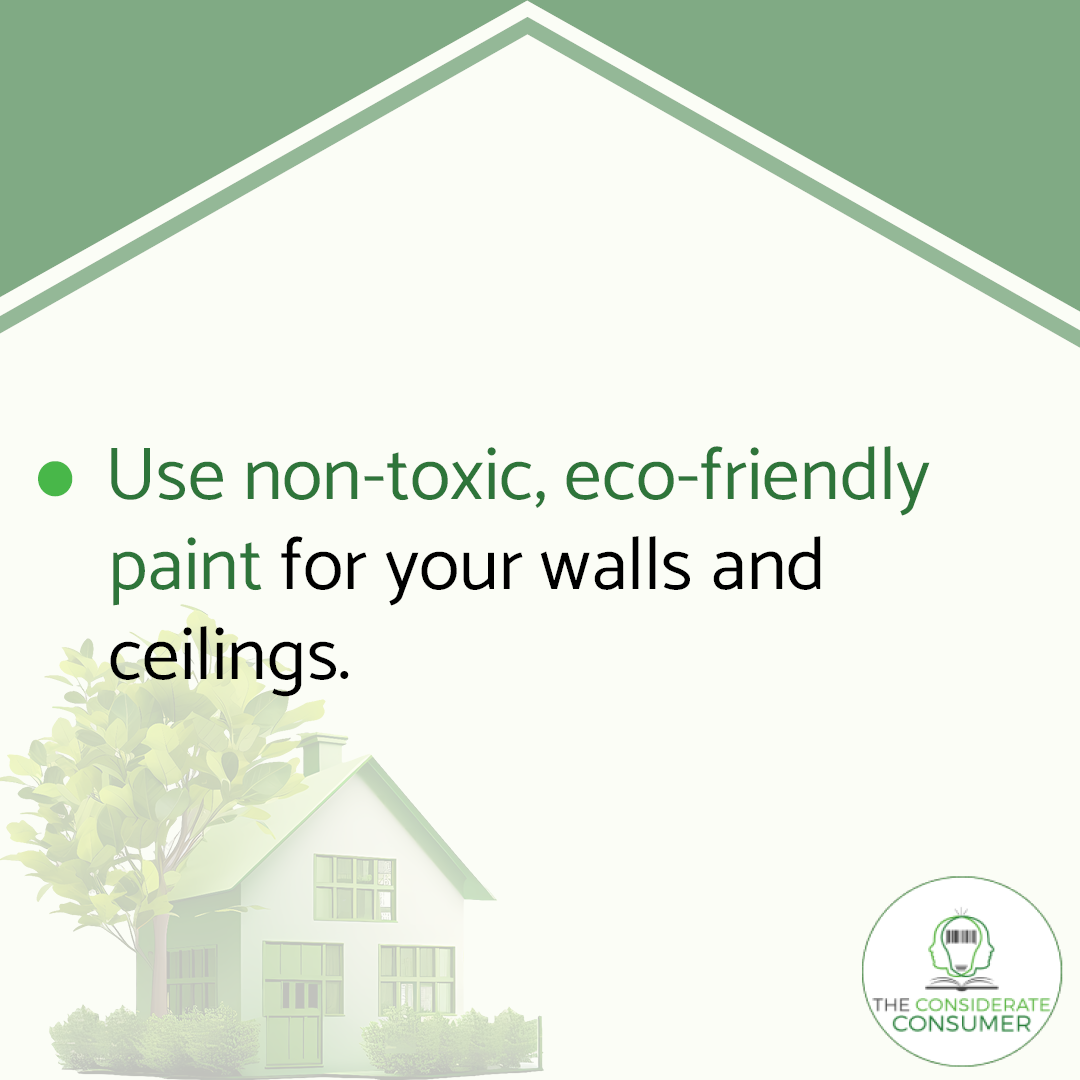
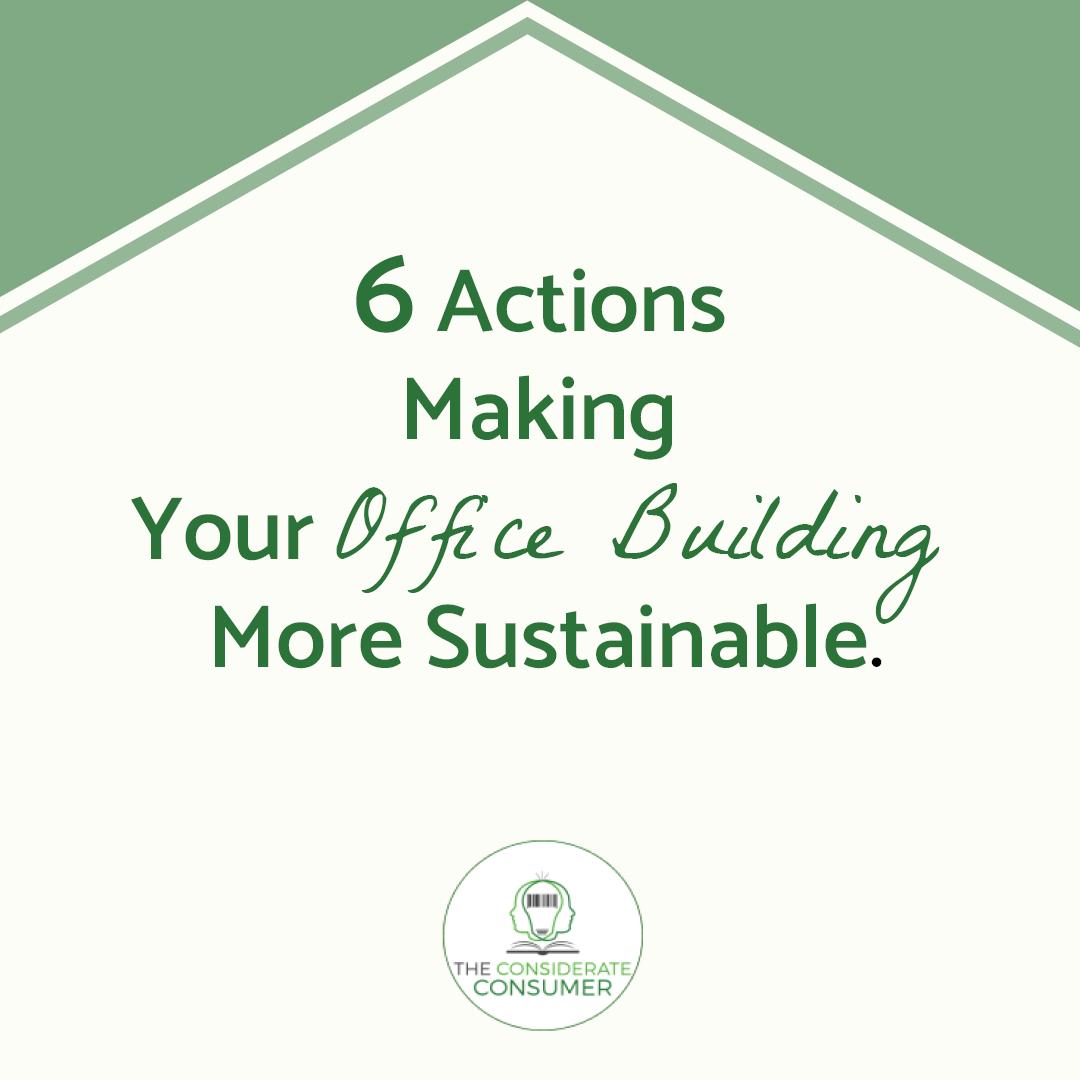
Office Furniture
Opt for environmentally friendly office furniture, which is:
Second-hand furniture
New but sustainably produced furniture derived from organic or recycled materials. Watch out for certifications, such as LEVEL, Eco-Institut label, FSC (Forest Stewardship Council), PEFC (Programme for the Endorsement of Forest Certification) or the Blue Angel.
Furniture made from eco-friendly materials, such as cardboard furniture. For example, Foldlife, Pappcultur (German only), Room in a box, Stange Design (German only), Von Pappe, Molo, Cartonlab.
Check green online dealers, such as Avocadostore or Memo (Germany only).
Office Supplies
Take a look at your desk. Here is an enormous potential to become more eco-friendly.
Paper
Go paperless, at least as much as you can.
Print double-sided.
Opt for eco-friendly copy paper, i.e. paper made of recycled materials. Look for FSC certification or the Blue Angel sign.
Take notes on the backside of a rejected document. Use paper clips instead of staplers. Roll out a “clean, green” message under your email signatures to spread the word. This will prompt every staff member to think before printing.
Pens
Ditch plastic pens, go for biodegradable pens instead.
Here are some exemplary brands: BIC Ecolutions Ballpoint Pen, STABILO pens, Begreen pens, Green Stationery, Treesmart.
Printer
Make sure to get an energy-saving printer that is Energy Star Certified. The Good Shopping Guide ranks the different printer brands according to their ethical scores.
Ink & Toner
Use Recycled Ink and Toner.
Opt for grey shading printing mode and consider setting your settings on “print for draft”, to save ink.
For professional printing, such as packaging and advertising materials, ask your employer to apply for a more sustainable ink, like The Graphical Tree.
Business Cards
Choose business cards made from sustainable materials (recycled paper or other natural fibres), E.g. from The Sustainable Print UK, Kraft Business Cards, Recycled Matt Business Cards
Even better, opt for paperless business bards.
Use online platforms like LinkedIn to promote yourself or your business.
Opt for a digital business card via apps like Haystack and use Business card scanning apps like Scanbizcards and Camcard.
FLYERS & BROCHURES
Use QR codes.
Show what you want to showcase with videos and slideshows on a second-hand TV/ laptop/ screen. Or consider providing interactive touch screens for visitors.
Office Plants
Plants inside the office have various benefits: Improved air quality, productivity and stress reduction.
Now, let’s take a look at how to ensure you get genuinely sustainable plants for your workplace:
Source your office plants from reputable, certified suppliers.
Choose low-maintenance plants such as herbs, succulents and leafy plants that are not a burden to look after, are durable and have a low pollen count.
Opt for certified plants with labels such as MPS (Floriculture Environmental Programme). GGN provides a product number on each plant that allows consumers to trace where the plant has been grown.
Consider getting plants that are locally grown in your natural climate.
Avoid choosing exotic, tropical plants (e.g. orchids), as their cultivation and availability require a large carbon footprint.
For more details, check our manual entry on Sustainable Flowers & House Plants →
Cleaning Supplies & Cleaning Utensils
Use products that are certified and made locally from natural, eco-friendly ingredients.
Here is a list of the certifications to look out for AB Certification, The Blue Angel, Certified B Corporation, Cradle to Cradle, ECOCERT, EU Ecolabel, Italian Association for Organic Agriculture (AIAB), Nordic Swan Ecolabel, The Vegan Trademark
Likewise, use eco-friendly cleaning supplies. Consider using natural fibres such as cotton and loofah for cleaning cloth and sponges.
Ensure the cleaning supplies are also properly maintained. Clean them after use and store them in well-ventilated areas away from sunlight.
Does this sound interesting? Learn more about Sustainable Cleaning →.
Energy Usage
Non-residential/service buildings consume more energy than residential buildings. Here are some tips to reduce energy usage and improve sustainability in your workplace:
HEATING & COOLING
For the employees:
Instead of turning up the heat, have a shawl or extra jacket/cardigan in the office and put them on when the temperature gets cooler.
Ask your company to switch off the heating or air-conditioning about an hour before you leave the office. The temperature will still be comfortable enough until that time.
Opt to work outside when the weather is nice. The fresh air and sunshine would also benefit your health and well-being.
For the employers:
Ensure your furnace, heat pump, or air conditioning systems are serviced regularly and properly. Regularly cleaning them will also make them work well for longer and keep the air in the office healthier.
Install a programmable climate control model throughout the year, automatically turning off the heat or air-conditioning after a certain time.
Update your HVAC (heating, ventilation and air-conditioning) systems. Newer systems are more energy-efficient and cost-efficient.
Some areas in the workplace could have fans instead of air conditioners, as they consume 5 to 9 times less energy.
Use weather stripping and caulking to minimise heat loss from windows and doors.
Sustainable Use of Lighting
Opt for an automated lighting set-up to avoid waste of energy.
Choose light wall colours. so that more sunlight is reflected and less heat is accumulated in the room. As a result, there would be less need for air-conditioning and, therefore, less energy usage.
Maximise natural light usage. Approximately 40% of the electrical consumption of an average office building is due to artificial lighting.
Turn the lights off in rooms when they're not in use, and do not leave your office lights on overnight.
Keep encouraging your team to turn off the lights, AC or other electronic appliances when unused. Add a sticky note on the door of each room and an elaborated version on the front door to remind your team before they leave.
Use compact fluorescent lamps (CFLs) or LED bulbs that consume around 75% less energy than standard incandescent bulbs for the same light output.
For more information on how to use energy in a more eco-friendly, check out our manual entries on Sustainable Energy →.
Sustainable Use of Electronic Devices
The electronics sector is one of the challenging areas within the UN Sustainable Goals. Nonetheless, there is already a lot that you can do now to improve their sustainability.
Here are some tips on the more sustainable use of electronic devices:
PURCHASING ELECTRONIC DEVICES
Opt for multifunctional equipment. For example, your printer should be able to scan and copy documents as well.
Look for the EPEAT (Electronic Product Environmental Assessment Tool) rating on the electronic device you plan to purchase.
Opt for refurbished equipment from providers such as AfB IT, Green Panda, Memolife, Rebuy, Refurbed, and others when possible. You save resources and money and still receive a guarantee.
Opt for a strong processor (e.g. at Intel at least i5) and a large RAM (16 RAM) - unless you mainly work with cloud applications in the browser.
For more details, check out our manual entry on Sustainable Laptops →.
USE OF ELECTRONIC DEVICES
Keep the computer and other electronic devices turned off when not in use. Only turning the monitor off won’t save energy.
Keep the computer in standby mode if not used for a while. Activating “sleep mode” on just one computer can prevent 136 kg of CO2 yearly emissions.
DISPOSAL OF ELECTRONIC DEVICES
When it is time for replacement, you can donate the old equipment to a charity. Programs like World Computer Exchange enable you to donate your old laptop to schools in remote areas.
Recycle properly. Many well-known companies, such as Apple or Lenovo and many electronic stores offer recycling programs.
Kitchen
Here is how to green your office kitchen. It is quite similar to measure that you can take in your own as well.
Appliances
As of March 2021, the European Union has implemented a new scaling system for the efficiency of household appliances. When purchasing new kitchen appliances, consider energy efficiency, choosing a green A rating over the lower categories.
Reusable kitchen supply
Encourage your colleagues to use reusable kitchen supplies by providing coffee mugs, drinking glasses, cutlery, and plates.
Recycling station
Place a recycling centre in a prominent location in your office, for example, in the kitchen. A simple and excellent idea can be posting a sign in the kitchen for the employees, showing what can be recycled.
Composting System
It is a great idea to have a composting system in the kitchen. You can then donate the scraps to any local garden. Nowadays, composting beans are widely available. You can get one.
Here you can learn more about Composting Food →
Food & Beverage
Here are a few tips on how to consume food and beverages more sustainably in your office:
For the employee
Store a reusable shopping bag in your office to use for shopping your office meals.
Bring your reusable drinking bottle.
Opt for tap water instead of buying bottled water.
Opt for vegetarian and vegan food in the canteen or the restaurant.
Choose dishes with locally sourced and seasonal ingredients.
Bring your food in reusable containers.
When you choose takeaway food, bring your reusable containers and ask staff to fill them.
Reuse empty food jars to store leftovers in the fridge, collect paper clips, etc.
For the employer
Opt for Organic & Fair Certified → foods and beverages.
If you provide lunch to your employees, use reusable packaging instead of single-serving boxes.
Offer vegetarian/ vegan meals as they have a considerably lower carbon footprint than meat-based diets and can be 40% cheaper.
Buy bulk, sustainably sourced and packaged coffee from Companies like Damn Good Coffee Company, Maya 91 (German only) or Space Coffee (German only), which also deliver zero-waste coffee in bulk using bikes and electric vehicles.
For more tips, read up on this piece about Sustainable Coffee →.
Avoid overstocking the pantry and the refrigerator and keep them clean and free of spoiled food to prevent food wastage.
Does all this sound reasonable? Are you curious to learn more? Here you can learn even more about Sustainable Beverages & Food →
Break Room & Canteen
You can make your break room greener by following some simple tricks.
Reusable tableware
Ditch single-use (plastic) tableware. Opt for reusable tableware instead.
Opt for second-hand tableware.
If you buy new, choose tableware made of sustainable materials like bamboo, glass, ceramic and wood.
Napkins: Which is more sustainable, cloth or paper?
If you use cloth napkins, get recycled cloth, natural fibres or sustainably sourced cotton.
If you use paper napkins, opt for recycled, unbleached paper napkins.
Washroom
For the employee
Always turn off taps completely, ensuring that they don't drip. A tap leaking at a rate of only one drop per second can waste more than 5.5 gallons of water a day.
Use less hot water when using the sink as it requires more energy.
For the employer
Provide eco-friendly washroom cleaning products. Look out for Certified Cosmetic Products →, such as ECOCERT
Use bar soaps instead of liquid soaps, which require more energy for production and packaging.
When you use cloth towels, opt for Certified Materials →, or source them secondhand.
Replace old-style toilets with ultra-low-flush models.
Put a sand-filled soda bottle in the tanks if your office still has old-style toilets. This will displace an equivalent amount of water, using less when the tank fills.
Install low-flow faucet aerators or motion sensor faucets to reduce water flow from taps.
Install only cold water taps in washrooms to save 60 Euros per employee annually.
Social activities to encourage sustainability
Here are some suggestions on how to integrate sustainability into your office social events:
Organise a flea market or Clothing Swap → among your officemates.
Organise zero waste challenges.
Have a platform for tool swaps.
Incorporate eco-friendly habits in your next team-building activity.
LEARN MORE
Check our sources: Bibliography →



















